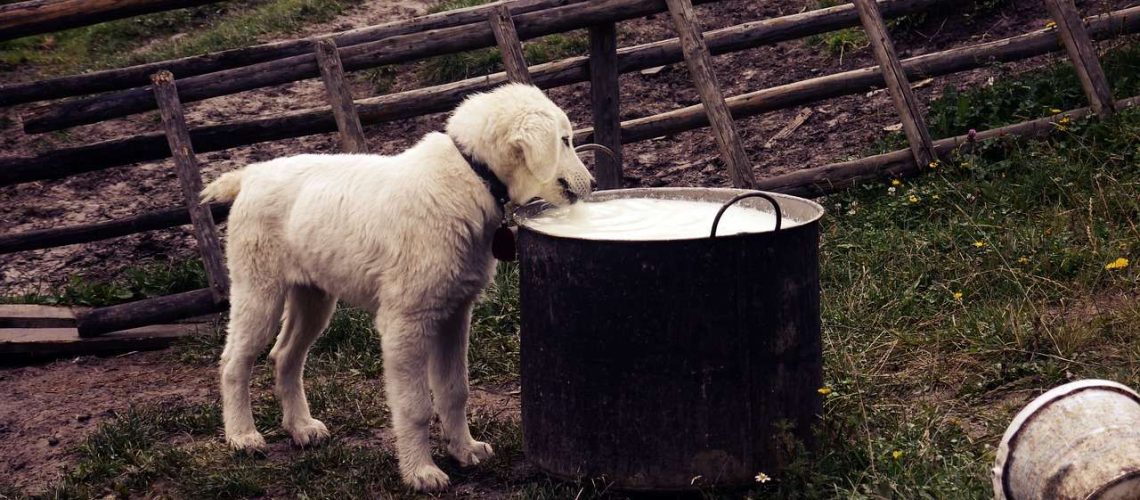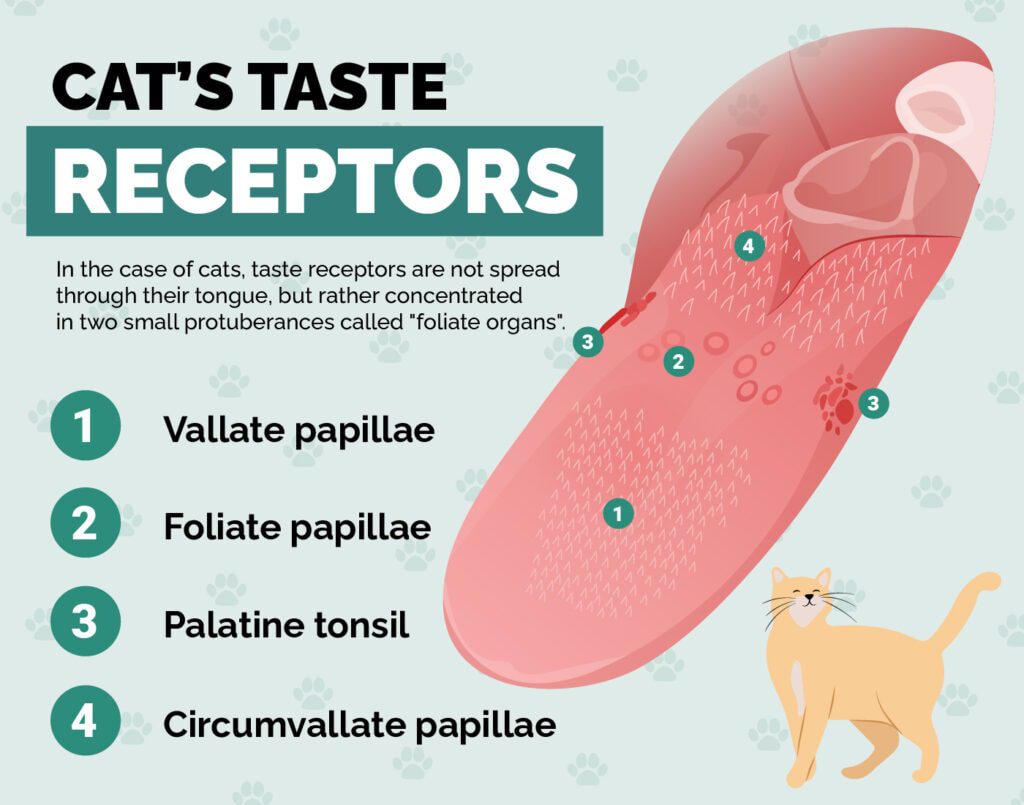Key Takeaways:
- Choose a high-quality dog food that is appropriate for your dog's age, breed, and activity level.
- Read the ingredient list and look for real meat as the first ingredient.
- Avoid dog foods that contain artificial preservatives, colors, and flavors.
- Follow the recommended feeding guidelines to prevent overfeeding or underfeeding your dog.
- Monitor your dog's weight and adjust their food portions accordingly to maintain a healthy body condition.
Are you a dog lover who wants to ensure your furry friend is healthy and happy? If so, then understanding the basics of dog food is essential for you. By delving into this subject, you will uncover valuable information that can help you make informed decisions about what to feed your canine companion.
What is Dog Food and Why is it Important for Dogs?
Dog food is a specially formulated type of food that is made specifically for dogs. It contains all the nutrients and energy that dogs need to stay healthy and active. Just like humans need to eat a balanced diet, dogs also require a proper diet to thrive.
I have seen many pet owners who are not aware of the importance of feeding their dogs the right kind of food. Some people may think that giving their dogs human food or leftovers from their meals is enough, but this can actually be harmful to their health. Dogs have different nutritional needs than humans, and they require specific nutrients in order to maintain optimal health.
Feeding your dog high-quality dog food ensures that they are getting all the necessary nutrients they need. Good dog food contains ingredients like meat or fish for protein, whole grains or vegetables for carbohydrates, and essential vitamins and minerals. These ingredients help support your dog's overall health, including their immune system, digestion, skin and coat health, and muscle development.
How Often Should Dogs be Fed and How Much Should They Eat in One Meal?
It is important to feed your dog regularly to ensure they are getting enough nutrition throughout the day. Most experts recommend feeding dogs at least twice a day. This helps prevent hunger and keeps their energy levels stable.
The amount of food your dog should eat in one meal depends on factors such as their size, age, breed, and activity level. It's best to consult with a veterinarian or follow the feeding guidelines provided by the dog food manufacturer for specific portion sizes.
I always make sure to feed my own dog twice a day - once in the morning and once in the evening. I measure out his portion according to his weight and activity level so that he gets just the right amount of food. This helps him stay satisfied and energized throughout the day.
Are There Different Types of Dog Food Available? If So, What Are They?
Yes, there are different types of dog food available to cater to different preferences and dietary needs. The three most common types are dry kibble, wet canned food, and raw or homemade diets.
Dry Kibble:
Dry kibble is the most popular type of dog food. It comes in bite-sized pieces that are easy to store and serve. Dry kibble is convenient because it has a long shelf life and doesn't require refrigeration. It also helps keep your dog's teeth clean by reducing plaque buildup.
Wet Canned Food:
Wet canned food contains higher moisture content compared to dry kibble. It often comes in cans or pouches and has a soft texture. Some dogs prefer the taste and texture of wet food over dry kibble. Wet canned food can be a good option for dogs with dental issues or those who need more hydration in their diet.
Raw or Homemade Diets:
Raw or homemade diets consist of fresh, uncooked ingredients like raw meat, bones, fruits, and vegetables. These diets aim to mimic what dogs would eat in the wild. While some people believe that raw or homemade diets are more natural and healthier for dogs, it is important to consult with a veterinarian to ensure that your dog is getting all the necessary nutrients.
Can Dogs Eat Human Food or Leftovers from Our Meals?
While some human foods are safe for dogs to eat in moderation, it is generally best to stick to specially formulated dog food. Human leftovers may contain ingredients that can be harmful or unhealthy for dogs.
I know it can be tempting to share our food with our furry friends, but it's important to remember that not all human foods are safe for dogs. Some common foods that can be toxic to dogs include chocolate, onions, garlic, grapes/raisins, alcohol, caffeine, and xylitol (a sugar substitute). These foods can cause serious health issues in dogs and should be avoided.
If you want to give your dog a special treat or snack, there are many dog-friendly options available in pet stores. These treats are specifically made with ingredients that are safe and healthy for dogs.
What Ingredients Should We Look for When Choosing a Good Dog Food?
When choosing a good dog food, it is important to look for high-quality ingredients that provide the necessary nutrients for your dog's health and well-being.
High-Quality Protein Sources:
- Look for dog foods that list meat or fish as the first ingredient. This ensures that your dog is getting a good source of protein. Examples of high-quality protein sources include chicken, beef, salmon, and turkey.
Whole Grains or Vegetables:
- Dog food should also contain carbohydrates from whole grains or vegetables. These provide energy and fiber for your dog's digestion. Examples of whole grains include brown rice and oatmeal, while vegetables like sweet potatoes and peas offer additional nutrients.
Essential Vitamins and Minerals:
- A good dog food should also contain essential vitamins and minerals to support your dog's overall health. Look for ingredients like vitamin E, vitamin C, zinc, and omega-3 fatty acids.
Are There any Ingredients That are Harmful or Toxic to Dogs That We Should Avoid in Their Food?
Yes, there are certain ingredients that can be harmful or toxic to dogs and should be avoided in their food.
- Chocolate: Chocolate contains theobromine, which is toxic to dogs and can cause symptoms like vomiting, diarrhea, rapid breathing, and even seizures.
- Onions and Garlic: Onions and garlic contain compounds that can damage a dog's red blood cells, leading to anemia. These ingredients should be avoided in large amounts.
- Grapes/Raisins: Grapes and raisins can cause kidney failure in dogs. Even small amounts can be toxic, so it's best to keep these foods away from your furry friend.
- Alcohol: Alcohol can have a severe impact on a dog's liver and brain. It is important to never give alcohol or any alcoholic beverages to your dog.
- Caffeine: Caffeine is found in coffee, tea, energy drinks, and chocolate. It can cause restlessness, increased heart rate, tremors, and even seizures in dogs.
- Xylitol: Xylitol is a sugar substitute commonly found in sugar-free gum, candies, baked goods, and some peanut butter brands. It can cause a sudden release of insulin in dogs which leads to low blood sugar levels and liver damage.
How Can We Transition Our Dog to a New Type of Dog Food Without Upsetting Their Stomach?
To transition your dog to a new type of dog food without upsetting their stomach, it is important to do it gradually over a period of about 7-10 days.
Start by mixing a small amount of the new food with their current food. Gradually increase the proportion of the new food while decreasing the amount of the old food each day. This allows your dog's digestive system to adjust to the new food slowly.
If you notice any signs of stomach upset, such as diarrhea or vomiting, slow down the transition process and give your dog more time to adjust. It's important to be patient during this transition period and monitor your dog's response to the new food.
In conclusion, it is important to choose the right dog food for our furry friends. By considering their age, size, and specific dietary needs, we can ensure they stay healthy and happy.
What is the basic diet of a dog?
Studies have demonstrated that carbohydrates can make up to 50% of an adult dog's daily diet by weight, including 2.5-4.5% from fiber. Fats should constitute a minimum of around 5.5% of the diet, while protein should make up 10%. Essential nutrient quantities are typically not listed in grams on pet food labels.
What should top 3 ingredients be dog food?
Which ingredients should you prioritize when choosing dog food? The key components to consider in dog food are premium protein sources (such as chicken, beef, fish, and lamb), natural carbohydrates (including whole fruits and vegetables), and beneficial fats (derived from animals or plants).
What should be the first ingredient in dog food?
In dog food, it is important for meat to be the primary ingredient listed on the bag. Meat is crucial for your dog's nutrition and provides a great source of protein.
Is it OK to feed a dog dry food only?
Is it appropriate for dogs to only consume dry food? Fortunately, dogs are perfectly content with consuming solely dry food. While tastes and preferences may differ among dogs, high-quality dog food provides all the necessary nutrients for their well-being and active lifestyle.
Can I feed my dog homemade food instead of dog food?
According to Larsen, it is beneficial for pets to be fed homemade food, but it is advised that owners consult with a board-certified veterinary nutritionist rather than relying on general recipes from books or the Internet. (Date: May 8, 2019)
What should not be the first ingredient in dog food?
Avoid consuming foods that have carbohydrates, white flour, artificial colors, and by-products listed as the first five ingredients.

















